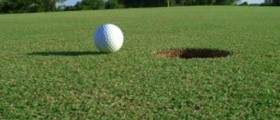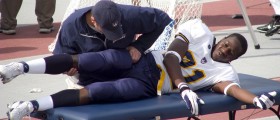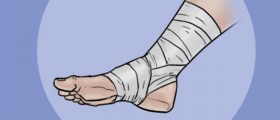
Causes
This condition affects up to 20% of athletes who are regularly required to jump. There are certain differences with regard to sex when it comes to jumper’s knee; bilateral tendinopathy tends to be evenly distributed between the sexes, but unilateral tendinopathy is seen twice as much in males. The condition is believed to arise as a result of repetitive strain caused by jumping. This is particularly significant with regard to athletes involved in sports such as long jumping, high jumping, basketball and volleyball.
Certain studies show that the posterior proximal fibers are the most regularly affected areas when it comes to jumper’s knee. However, other studies conversely show that these fibers can in fact withstand greater strain than anterior fibers. Potential risk factors include heavy bodyweight, limb length imbalance as well as poor flexibility in the quadriceps and hamstring. Other factors can implicate certain environmental reasons such as playing on hard surfaces as risk factors. Landing tends to increase the strain on the tendons, so improper landing techniques can also play a part in developing the condition.
Treatment
In order to treat jumper’s knee, several methods are employed. Icing the affected area can help, as can proper stretching, especially with regard to the knee and hip flexors, quads, glutes and the patellar retinaculum. Icing is generally only effective in non-serious cases where no impairment is caused. It might also be necessary to strengthen the affected areas using exercises such as single-leg squat descents. In this regard, strengthening the quadriceps can prove very beneficial in treatment of jumper’s knee.
Other scientific methods can help decrease pain. These methods include plyometrics, ultrasonography and phonophoresis. Otherwise, patellorfemoral braces with a patellar cutout can give the knee more stability while arch supports for the feet can correct faults in that area.
Often, icing, physical therapy, strengthening and the use of anti-inflammatories are used initially and if the condition requires further attention, the treatment may step up in intensity. Only if the gradually increased levels of treatment have failed will the option of surgery be considered. This is normally only used if tendons are ruptured.

















Your thoughts on this
Loading...